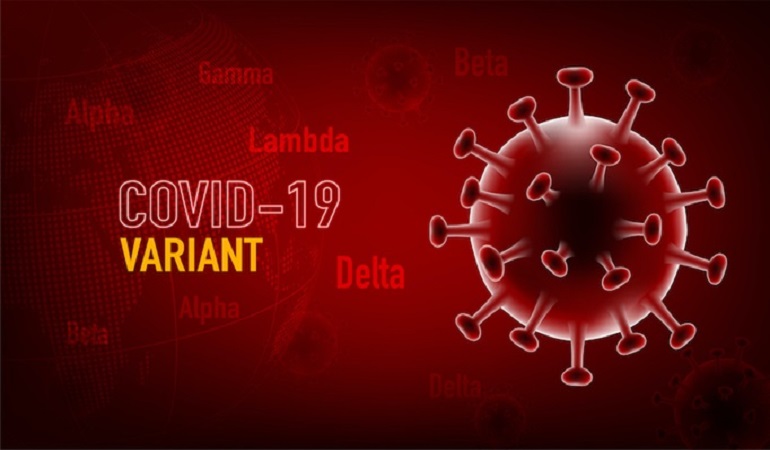At-home COVID-19 rapid test kits are flying off the shelves. Appointments for PCR tests are hard to come by in many parts of the country. With the omicron variant now accounting for a majority of COVID 19 cases in the UK, mixing with an already-abundant number of cases from the delta variant. You may be wondering: If I test positive, which coronavirus variant do I blame?
Through the process of elimination and a little intuition hard-earned by living two years through a global pandemic, you may be able to guess based on where you live. (In London, for example, omicron is estimated to account for more than 90% of cases). Scientists also believe omicron is causing more breakthrough cases in fully vaccinated (and boosted) individuals compared to delta. And also causing more reinfections and people getting sick with COVID-19 a second time.
But scientifically speaking, people working in labs who process positive COVID-19 tests will be able to pinpoint cases that indicate omicron. It's the likely variant that caused the infection. That information is unlikely to get back to you, however. Here's why.
How PCR tests can detect omicron
Dr. Manoj Gandhi is the senior medical director at Thermo Fisher Scientific. He explains that the PCR tests widely used in the UK (polymerase chain reaction tests that pick up the virus' genetic material) have three signals or genes to be detected – a signal from two of the three genes means the sample is positive for COVID-19. While the delta variant causes all three gene signals to show up on a PCR test, the omicron variant causes one to drop off in what's also called an S gene target failure.
When scientists in South Africa noticed a change in the PCR test signals (which was also found in cases caused by the alpha variant), they alerted virologists and sent the newer samples in for additional tests, which revealed a new variant with many mutations – omicron.
This is so enough copies are present to be picked up when that sample is then tested. This testing involves specially designed “primers” and “probes” which attach themselves to specific sequences of the virus’s genetic code. It send out a signal that indicates the genetic material has been found. These primers are designed to target unique segments of the virus’s genome.
To confirm a COVID-19-positive sample is the omicron variant, the sample needs to be sent in for genomic sequencing. Through sequencing, scientists can discover new variants and learn more about their mutations, which is important for surveillance and public health.




